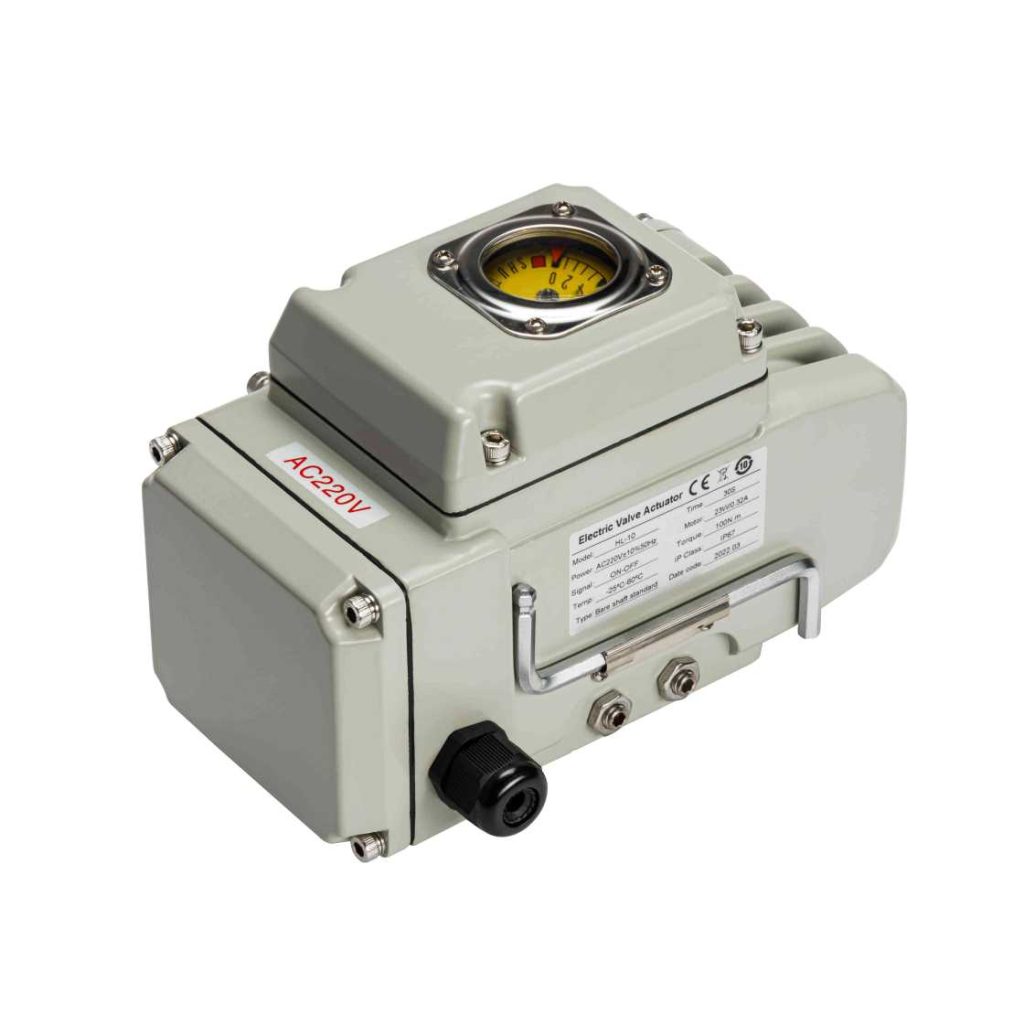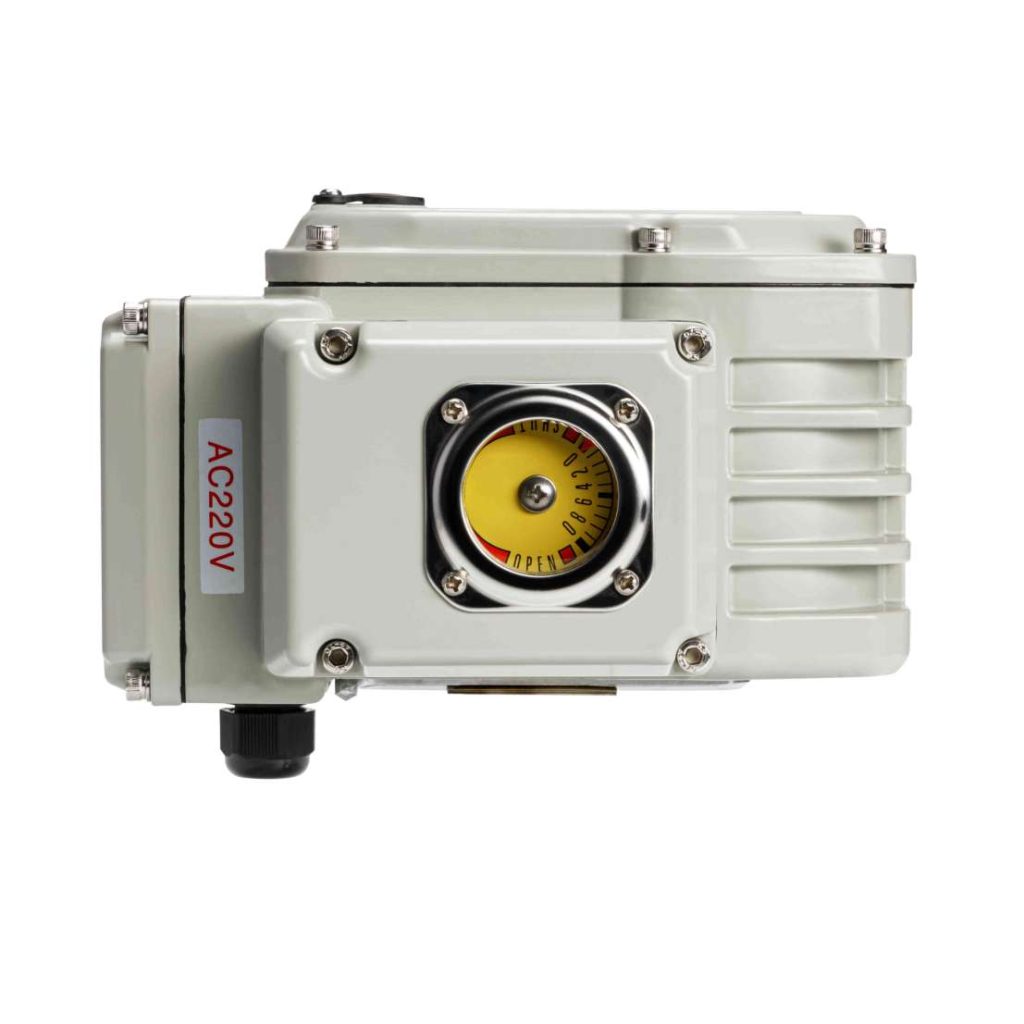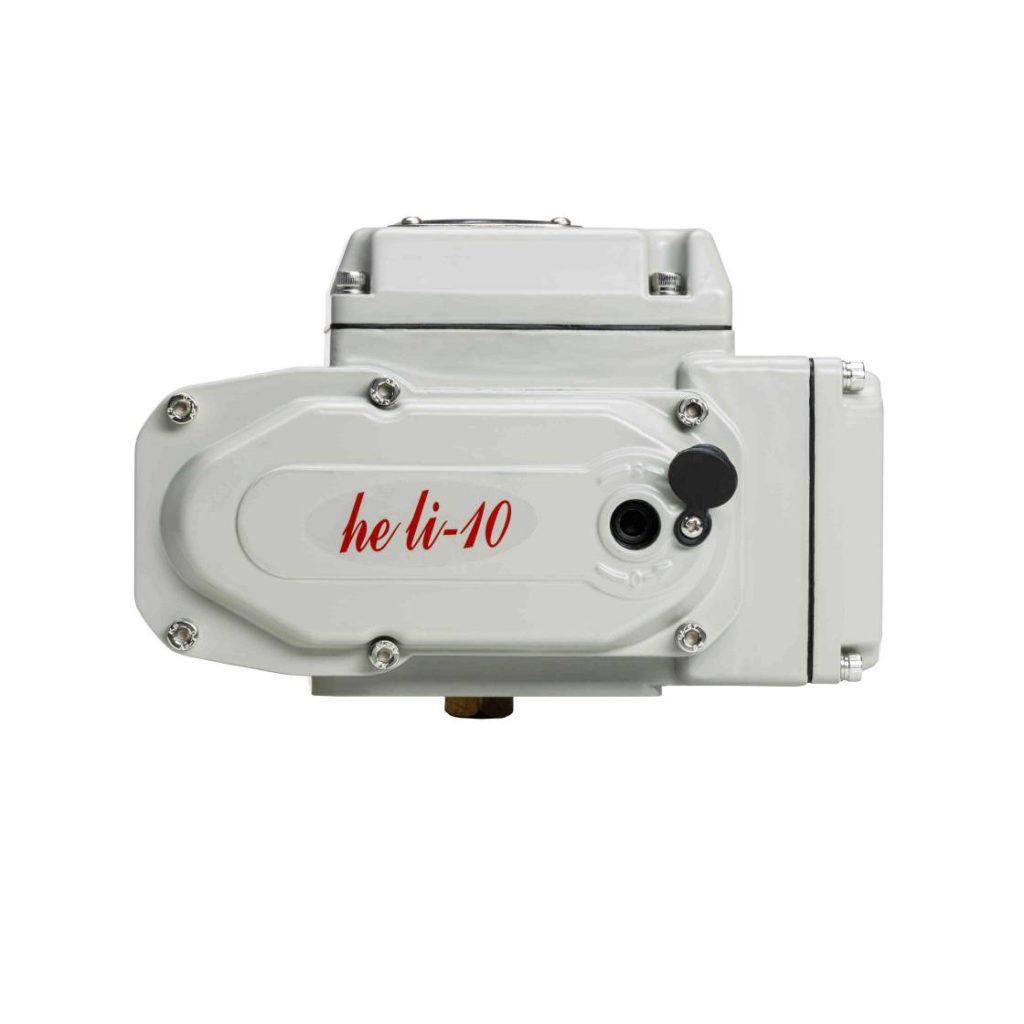In today’s fast-paced industrial world, automation plays a crucial role in enhancing efficiency and productivity. One of the key components that drive automation is the electric actuator, which converts electrical energy into mechanical movement. However, for many industrial applications, especially those exposed to harsh or outdoor environments, the need for waterproof electric actuators has become increasingly important. This article delves into the features, benefits, applications, and considerations of waterproof electric actuators, and why they are becoming essential in modern automation systems.

What is a Waterproof Electric Actuator?

A waterproof electric actuator is a type of actuator that is designed to function effectively even in environments where water or moisture exposure is a concern. It is typically used to control the motion of machinery or mechanical systems by converting electrical energy into linear or rotary motion, all while maintaining a sealed, water-resistant structure. These actuators are engineered to prevent water ingress, ensuring that the internal components remain dry and operational even under harsh weather conditions, such as rain, snow, or submerged environments. Waterproof electric actuators are often rated according to the International Protection (IP) standard, which indicates the level of protection against water and solid objects. Common IP ratings for waterproof actuators include IP67 (protection against temporary immersion in water) and IP68 (protection against continuous immersion), with higher ratings offering better protection.
